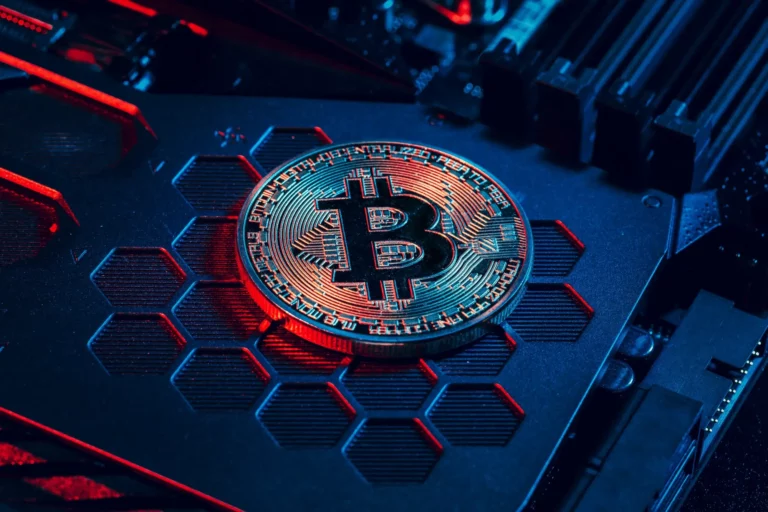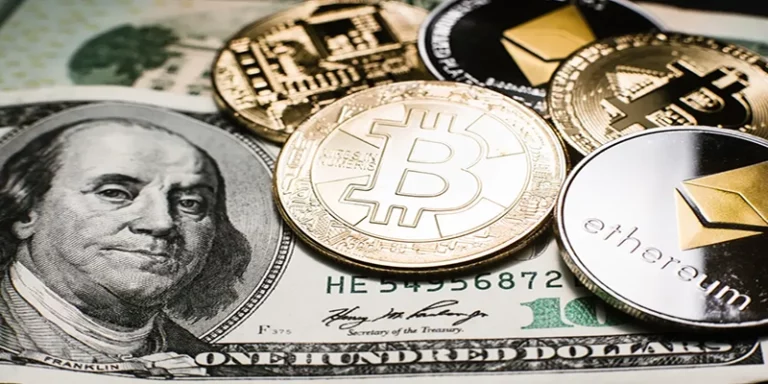Is Cryptocurrency A Pyramid Scheme?
The Cryptocurrency A Pyramid Scheme sounds like the Ponzi scheme is something terrible. A Ponzi scheme is not something you want to be caught running because it is linked to fraud, scams, and high-level theft. Ponzi schemes, like the one started by Charles Ponzi in the early 1900s and continued by Bernie Madoff in the 1990s and 2000s, tend to be well-known, impressive, and end with a bang.
Their creators get money from investors by making big promises of high returns. They pretend to invest the money using a secret formula they made and then use the money from new investors to pay early investors their promised returns.
Ponzi schemes work like a cartoon snowball rolling down a hill as long as the money coming in from new investors is more than the money going out to old investors in the form of returns and withdrawals.
Once the money coming in from new investors slows down, the scheme falls apart. A pyramid scheme is a type of fake financial wizardry with a slightly different structure. In a pyramid scheme, the person who started it recruits people to do a supposed job, and those people then recruit even more people, creating a long chain of more and more people participating.
This keeps the scheme going by adding larger and larger layers to the bottom of the pyramid. Hiring and sponsoring move down, while bank deposits and bonuses move up.
This way, people who join early can make a lot of money, and the people at the top of a pyramid are usually shown to be wealthy and successful in getting more people to join.
Those people started just like you did. They had nothing, to begin with, just like you. Some cryptocurrencies are frauds and Ponzi schemes, as many have said, but the most well-known ones probably aren’t. They’re not quite Ponzi schemes because there’s rarely just one person in charge, but they are pyramid strategies. And this is a silly thing to say.
What’s Cryptocurrency A Pyramid Scheme?
A pyramid scheme, a chain referral scheme, is a dishonest way to run a business. It recruits new members by promising them money if they bring in more people to join the project. As the number of members grows exponentially, it becomes impossible to bring in more people, and the “business” can’t keep going.
Often, a Cryptocurrency A Pyramid Scheme looks like a legitimate way to do multi-level marketing (MLM). A legitimate MLM uses the profits from sales further down the line to pay bonuses to recruiters. But almost no actual sales are made in pyramid schemes. Instead of tangible gains, early investors are produced from the money that comes in from later investments.
Cryptocurrency A Pyramid Scheme Examples:
- Burn Lounge was an online music store that attracted people who paid for the right to sell music and got rewards for bringing others to work for them. The bonuses had nothing to do with how many items were sold. The FTC won a judgment of $17 million.
- Give and Take was an English plan in which a group of operators asked for £3,000 to join and promised a £20,000 bonus if they could get a certain number of new people to join. Six people were found guilty of running the scheme and sent to prison.
What Does “Money Held” Mean?
When we step back and think about money in terms of Cryptocurrency A Pyramid Scheme, it’s easy to see how it works like a pyramid. No matter what kind of thing or digital mark serves as money, I must give them something of value if I want money from someone else. I have to sell my stuff or do helpful work in exchange for cash.
When I joined a financial network for the first time, I got some of its tokens by trading something valuable with someone who already had the pass or someone higher up the pyramid. Someone has the permits they’ve already bought at any given time by giving up valuable goods and services.
More valuable goods and services are made that are used, so the difference sits in people’s bank accounts. When I keep money, I do so with the reasonable expectation that I will be able to use it later to buy the things I want. In other words, I can even hold something useless, like a piece of paper, and know its beneficial qualities can be passed onto the next person.
In a funny CNBC interview this week, Warren Buffett said that cryptocurrencies have no value because they don’t make anything. He seemed to forget all the other non-financial and financial assets that don’t make anything but still have value. Buffett thinks that the reason people hold crypto is a form of the Greater Fool Theory:
You hope someone else will buy it from you later for more money, but that person has a problem. This property is shared by many things, including the property itself. My parents’ generation paid much less for their homes than the generations after them. They made money by riding the wave of rising home prices over the last few decades.
The owners of tiny houses in the Bay Area, which now lease for $4,000 a month or sell for a million dollars, didn’t get that money by making something. The fact that policymakers don’t let developers build new housing units is a direct cause of their profits.
Money balances work the same way: I give up valuable goods and services in exchange for something that helps me but doesn’t give me any interest or returns. From an economic point of view, money balances show buying power that I didn’t use. By keeping cash balances, I move benefits up the pyramid of the monetary network.
The value of the network’s tokens and their ability to buy products and services is higher than before, which is suitable for everyone who holds permits. It’s the same as when you own a house, and the price goes up or when you add a new layer to a pyramid scheme, and the early adopters get more money.
Gold has been seen as money for a long time by many people in the libertarian community. Like a pyramid, when more people are holding gold, its buying power increases. This means more goods and services can be bought with a single unit of gold. Up the financial pyramid, benefits are moved.








